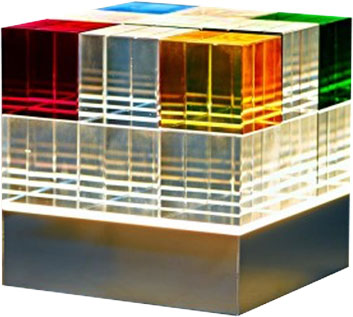TYPICAL BAUHAUS?
If Bauhaus continues to stand out in the history of modernism to this day, this is because it presented a model for unusually open processes of education and production.
“The New Man – The New City – The New World”: this utopian idea influenced all areas of activity at the Bauhaus, and this drive towards something new is what makes it legendary.
THE STYLE
Over decades, Bauhaus has become stylized into something mythical. Those who see Bauhaus as merely white buildings with flat roofs and tubular steel furniture might do justice do this myth, but there is no one true “Bauhaus style”. Even the white modernism of Walter Gropius and the dark elegance of Mies van der Rohe are worlds apart, both conceptually and aesthetically.
Anyone who studies Bauhaus architecture will quickly realize that no uniform style was taught at the school. Results were not fixed from the beginning: they had to be invented in the spirit of research and experimentation, which Gropius called the “study of essentials”. The Bauhaus was the origin of new, creative ideas and a center of artistic engagement with the contemporary world.






